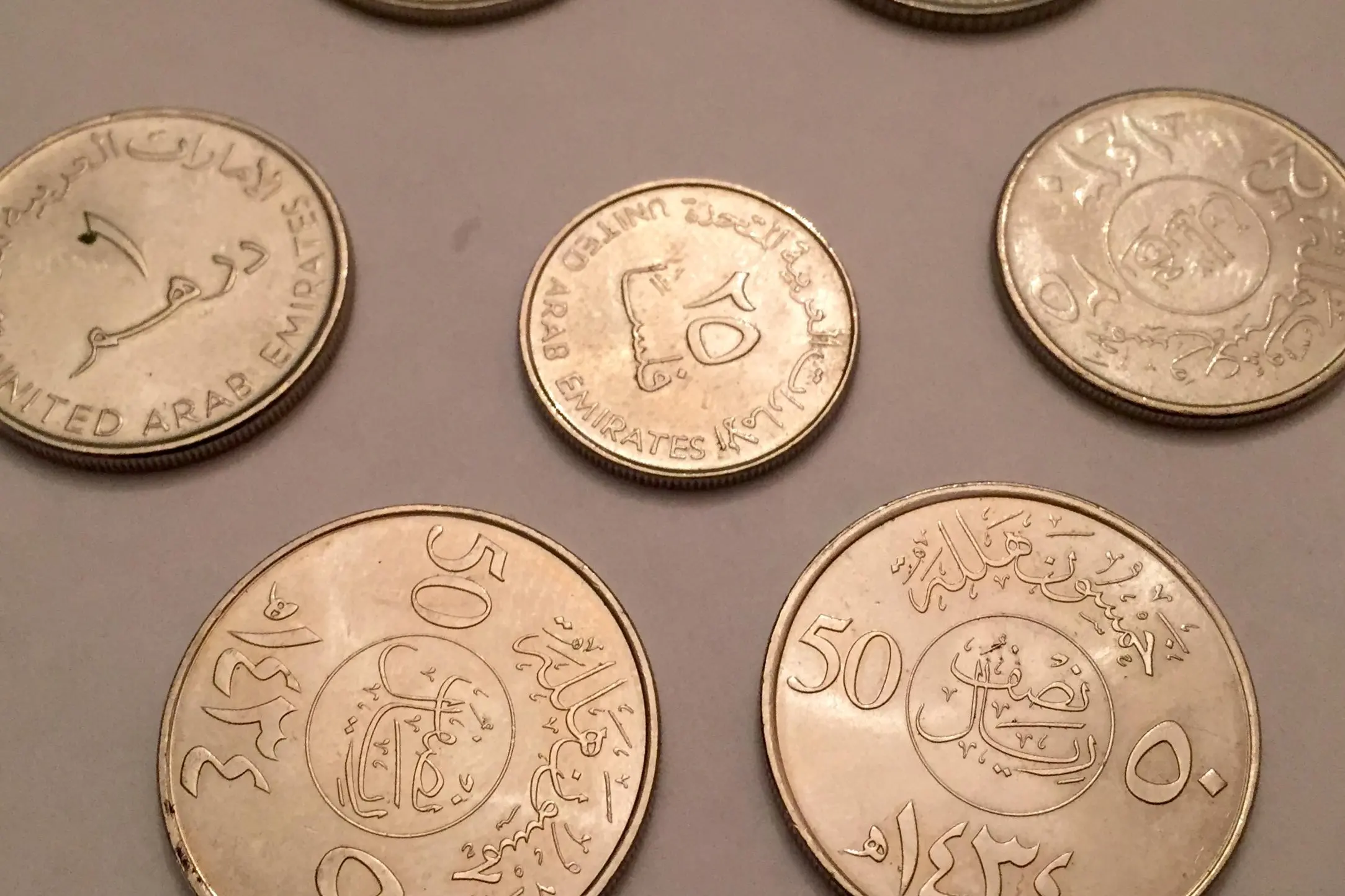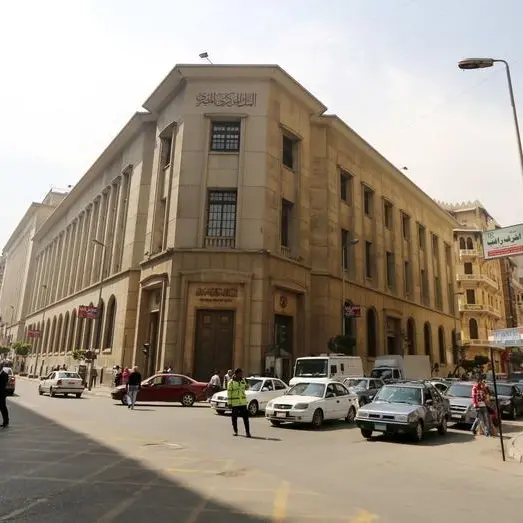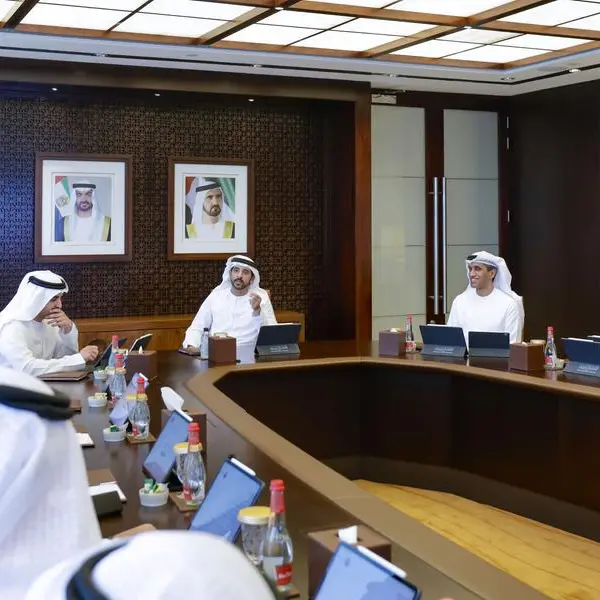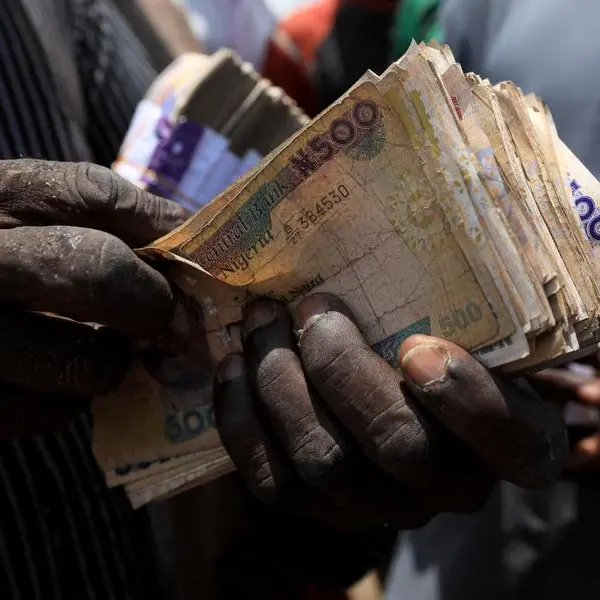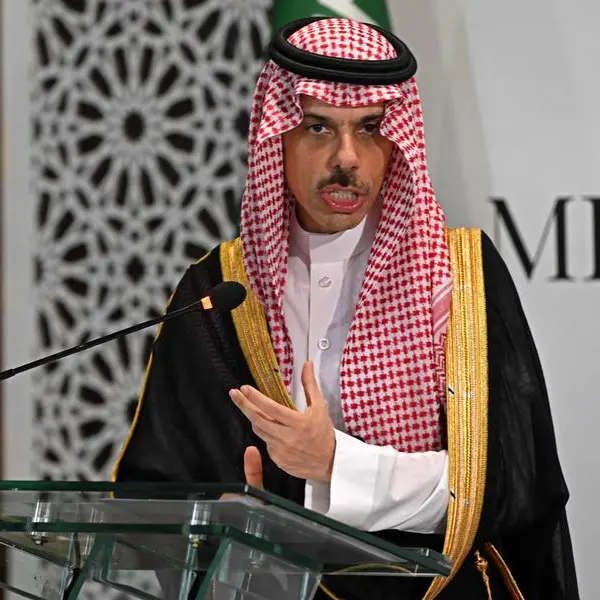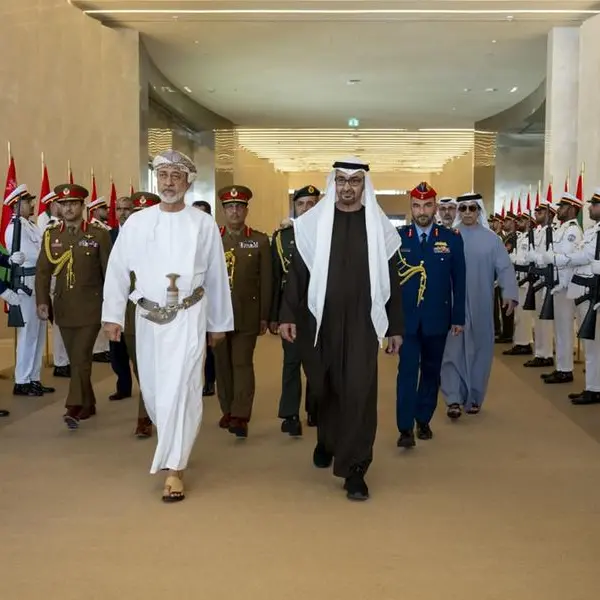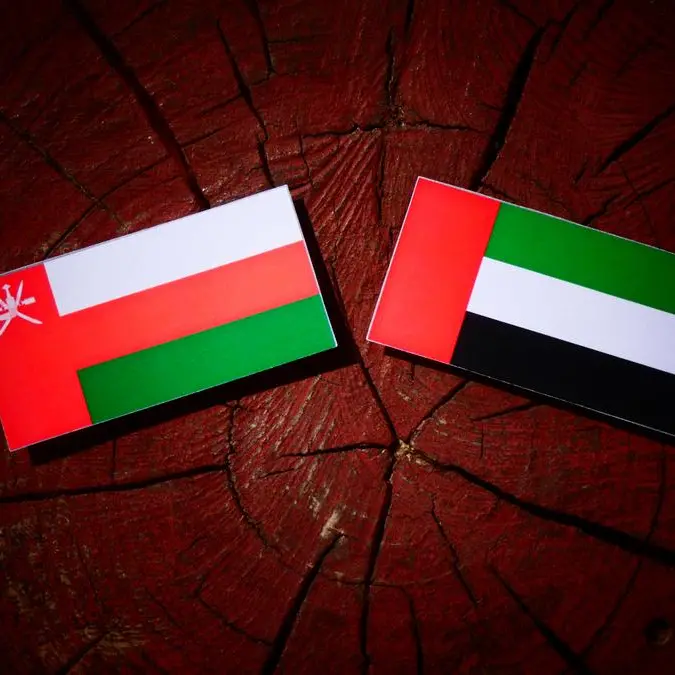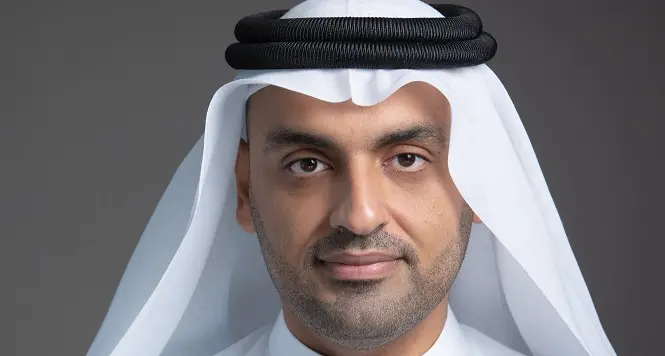PHOTO
The total value of economic and financial transactions among Arab nations is estimated to have reached up to $830 billion per year, of which $245 billion is attributed to intra-Arab trade in 2018, according to estimates by the Arab Monetary Fund (AMF), the fund's chairman said at an event in Abu Dhabi.
In April last year, the Arab Monetary Fund (AMF) approved the creation of the Arab Regional Payment System (ARPS), an independent, regional cross-border payments system to clear and settle payments among 22 member countries. (Read more here).
“ARPS will also foster the economic, trade, and investment relations with the region’s main trade partners from all parts of the world, considering that trade between the Arab region and the global economy amounted to roughly $1,960 billion in 2018, which equates to 5 percent of total global trade,” Abdulrahman A. Al-Hamidy, director-general chairman of the Arab Monetary Fund said at the event on Wednesday.
Al-Hamidy said that fintech is becoming increasingly important as these technologies enhance the efficiency of payments and create new opportunities to access funding services.
However, with rapid technological advancement, regulators and central bankers face major challenges, Al-Hamidy noted, as new technologies impede the capacity of central banks to track cross-border transactions.
“Indeed, as financial services expand beyond the borders of conventional financial institutions, a key question is raised: how can authorities monitor the financial activities of those companies within the shadow banking system and how can they ensure these companies comply with regulatory standards? “ AMF's Al-Hamidy said.
According to a recent KPMG report, Global funding in financial technology increased by 120 percent in 2018 to $111.8 billion in 2018, up from $50.8 billion in 2017. Spending on ‘regtech’ (regulatory technology) spiked to $3.7 billion in 2018 up from $1.2 billion in 2017.
The chief executive of Bahrain Fintech Bay told Zawya earlier this month that Middle East fintech investments make up just 1 percent of the global total, but he added that cross-border collaboration could significantly boost the industry’s growth. (Read more here).
According to James O’Brien, head of regulatory development at the Central Bank of the United Arab Emirates, the “complexity of regulatory framework for major institutions is huge” given the rise of fintech, but he argued that sandboxes can help to offer a forward-looking view and help fend off future crises.
“I think sandboxes are really necessary for regulators to understand the risks,” he said during a panel on regtech at the event on Wednesday.
“I would like to see sandboxes morph into risk analysis because I’m not convinced that regulators have the ability to go over all the options and quickly assess the rapid effects of new technology,” he said.
“Sandboxes have a place but really in assessing risks …to be able to understand what the future holds,” he added.
Abu Dhabi Global Market (ADGM), the International Financial Centre in the UAE capital, launched the first fintech regulatory sandbox in the region, known as ‘RegLab’, in October 2016.
In Bahrain, the central bank launched a regulatory sandbox in mid-2017, while in Saudi Arabia, central bank launched a sandbox for fintech firms last month, allowing 11 banks permission to let customers open and edit accounts remotely. (Read more here).
(Reporting by Nada Al Rifai; Editing by Michael Fahy)
Our Standards: The Thomson Reuters Trust Principles
Disclaimer: This article is provided for informational purposes only. The content does not provide tax, legal or investment advice or opinion regarding the suitability, value or profitability of any particular security, portfolio or investment strategy. Read our full disclaimer policy here.
© ZAWYA 2019
